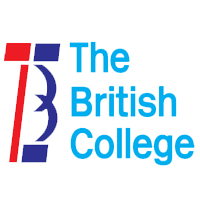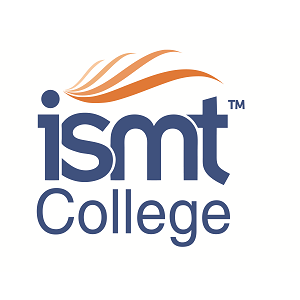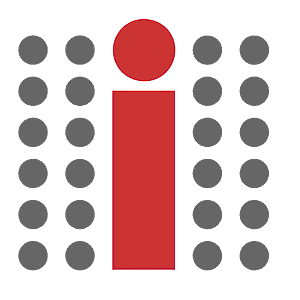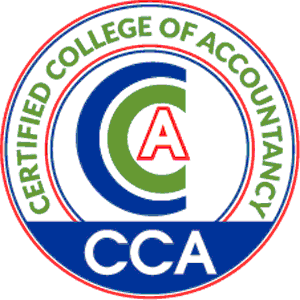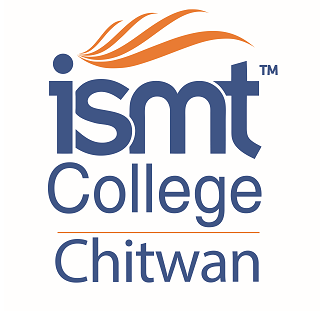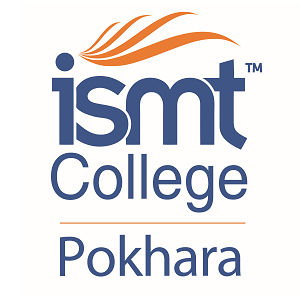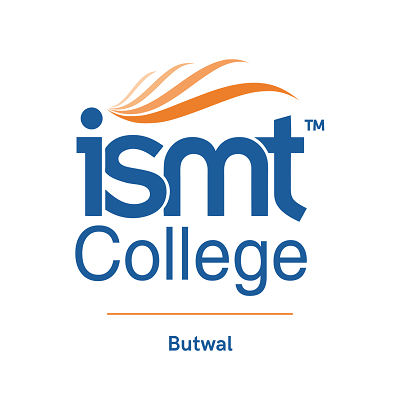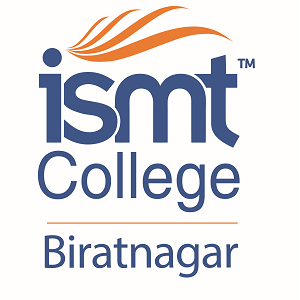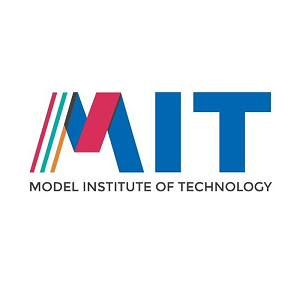Overview
PCL Midwifery at Jiri Technical School (JTS), Jiri, Dolakha
If you’re a health-science student exploring PCL Midwifery in Nepal, this guide focuses on Jiri Technical School (JTS), Dolakha, its context, the CTEVT-approved curriculum, admission rules, and realistic career paths for midwives.
You’ll see eligibility, curriculum, clinical hours, evaluation, and job levels in one place—clear, specific, and fact-checked.
Overview
Start here if you want the full picture.
PCL Midwifery is a three-year, yearly-system program under the Council for Technical Education and Vocational Training (CTEVT). JTS runs this program in Jiri, Dolakha, a hill town about 200 km east of Kathmandu, known for a clean learning environment and strong ties to local health facilities.
The course prepares community-level midwives for antenatal, intrapartum, postpartum, and newborn care, following standards framed as per International Confederation of Midwives (ICM) guidelines. CTEVT
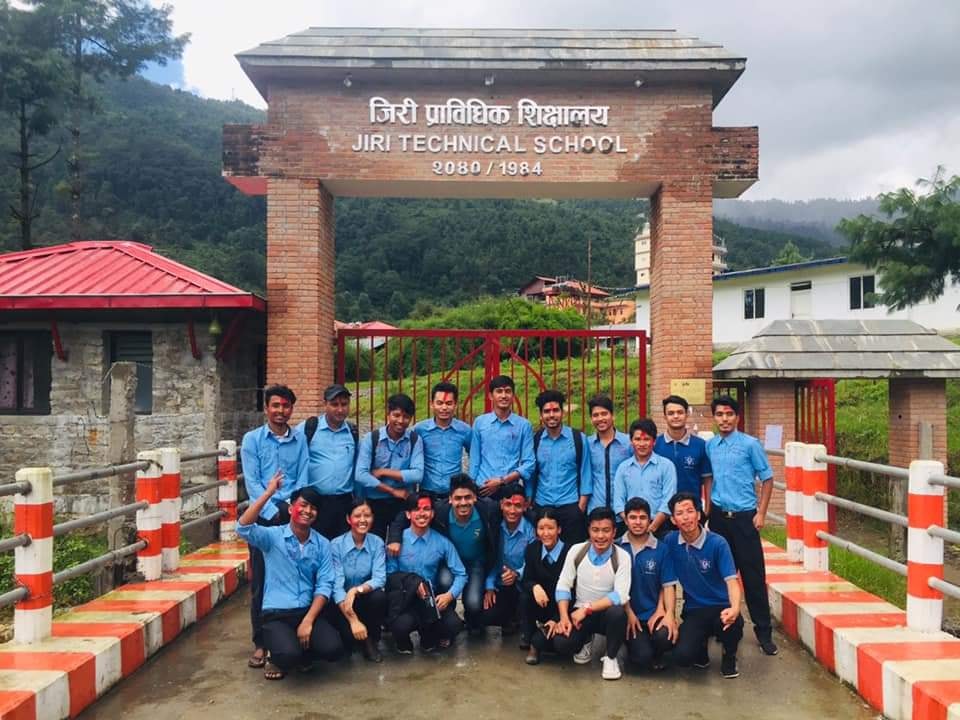
Highlights
Scan these points before you dive deeper.
-
Affiliation: CTEVT (yearly system; three academic years). CTEVT
-
Where you study: Jiri Technical School (JTS), Jiri, Dolakha.
-
Group size: Up to 40 students per cohort (policy cap). CTEVT
-
Academic mix: ~47% theory and ~53% clinical across three years; internship in year 3.
-
Attendance: 90% minimum in each subject to sit final exams.
-
Grading: Distinction ≥80%; First 65–<80; Second 50–<65; Pass = minimum pass marks.
-
Career level: Eligible for roles equivalent to Non-Gazetted 1st Class / Level 5 (technical).
Curriculum Details
Here’s what you will study over three years.
Program duration and structure (CTEVT)
-
Year 1: Language foundations (Nepali, English), Anatomy & Physiology, Basic Science, and core midwifery blocks: Foundation of Midwifery I, Healthy Pregnancy, Physiological Labour and Childbirth, Healthy Postpartum and Newborn. Clinical exposure begins in year 1.
-
Year 2: Nutrition, Pharmacology for Midwives, Social Science & Health Promotion, Foundation of Midwifery II, Public Health for Midwives (with field practice), Psychology & Mental Health, and the Complex triad: Complex Pregnancy, Complex Labour & Childbirth, Complex Postpartum & Newborn—all with practicum.
-
Year 3: Professional Development, Sexual & Reproductive Health for Midwives, Leadership & Management, and a structured Internship spanning primary hospitals, birthing centres, and community settings.
Academic hour balance
Across three years the plan totals ~5,061 hours (approx.), with clinical hours slightly exceeding theory to build hands-on confidence in real contexts.
Objectives
Read this if you want to check fit.
-
Prepare safe, accountable midwives who can provide antenatal, intrapartum, postpartum, and newborn care independently in community and facility settings.
-
Build clinical decision-making, respectful maternity care, and effective communication.
-
Strengthen inter-professional collaboration and public-health perspectives (outreach, health promotion).
Scope
Not sure where this diploma leads?
Midwives work across birthing centres, primary hospitals, maternity units, outreach clinics, and community programs. Policy demand remains high: national planning documents and CTEVT’s curriculum note a midwifery workforce gap (e.g., needs estimated in recent projections referenced within the curriculum), which increases placement opportunities in rural and semi-urban facilities.
Learning Outcomes
Here’s what you can do after graduation.
-
Conduct history taking, assessment, and routine antenatal care for low-risk pregnancies.
-
Provide labour support and conduct normal childbirth, identify deviations early, and initiate timely referral.
-
Deliver postpartum care, guide breastfeeding, and perform essential newborn care.
-
Apply infection prevention, drug administration protocols, and maintain safe clinical environments.
-
Document care, counsel families, and uphold ethical and respectful care.
Skill Development Modules
Keep an eye on practical skills; they matter most in service.
-
Core skills: Vital signs, abdominal examination, fetal heart auscultation, labour monitoring (partograph), active management of third stage, immediate newborn care.
-
Emergency recognition: Danger signs in pregnancy and postpartum, early initiation of referral.
-
Public-health skills: Community engagement, health education, and basic surveillance during field postings.
Teaching Methodology
Worried about how classes run?
-
Approach: Illustrated talks, demonstrations, simulations, guided practice, case analysis, seminars, project work, and internship.
-
Ratios: Typical 1:40 (theory/tutorial) and 1:10 (practical/demonstration) at the institution level; emphasis on continuous assessment and final practicals conducted in real settings.
Admission Requirements
Save this checklist before you apply.
-
Qualification route 1: SEE/SLC or equivalent with minimum GPA 2.0 out of 4.0, including Mathematics, Science, and English (or SLC pass ≥50% with the same subjects).
-
Qualification route 2: ANM or equivalent with minimum 70%.
-
Entrance: Must pass the CTEVT entrance examination; minimum 90% attendance required per subject to sit finals.
-
Group size: Cohort size limited to 40.
JTS communicates admission updates on its official channels and notices; recent calls for vacant seats in the full-fee PCL Midwifery category have been published publicly. Always follow the most recent JTS/CTEVT notice for seat type and timing. Collegenp
Career Opportunities
Think ahead to your first posting.
Graduates are eligible for roles equivalent to Level-5 (technical) as per national service structures, and can work in birthing centres, community hospitals, municipal health facilities, and NGO/INGO projects focused on safe motherhood and newborn health. Experience in rural Dolakha settings can be a strong foundation for service postings in similar geographies.
Scholarships and Financial Aid
Here’s where to look first.
-
Categories: CTEVT programs commonly run under regular and full-fee categories; institutes announce vacant seat notices when applicable.
-
Action step: Check JTS’s latest intake notice and the CTEVT provincial office communications for seat type, quotas, and deadlines; keep original documents ready for verification.
Why Choose This Course?
Ask yourself what you want from training.
-
Standardized national curriculum updated in 2023, grounded in local needs and ICM standards. CTEVT
-
Strong clinical exposure (over half of total hours), plus a structured internship before exit.
-
Place-based learning in Jiri—close to communities where maternal and newborn services are essential.
-
Clear service ladder after graduation (Level-5 technical track).
Conclusion
Your next step is simple.
Confirm your eligibility, prepare for the CTEVT entrance, and review the latest JTS admission notice for dates and seat types. The pathway outlined above reflects the official CTEVT PCL Midwifery curriculum and JTS’s current program context so you can plan with confidence—and study for a role that directly supports mothers and newborns in Nepal.




